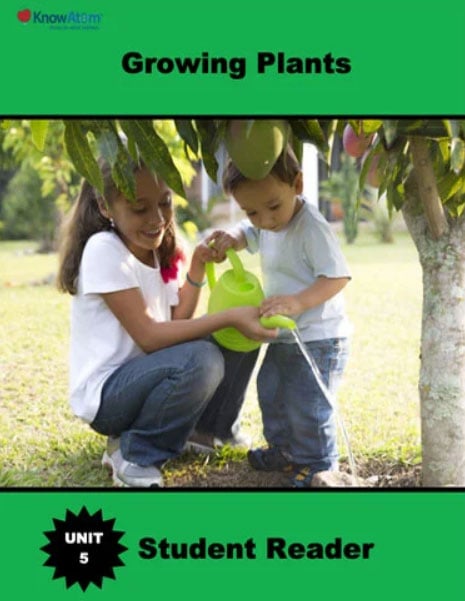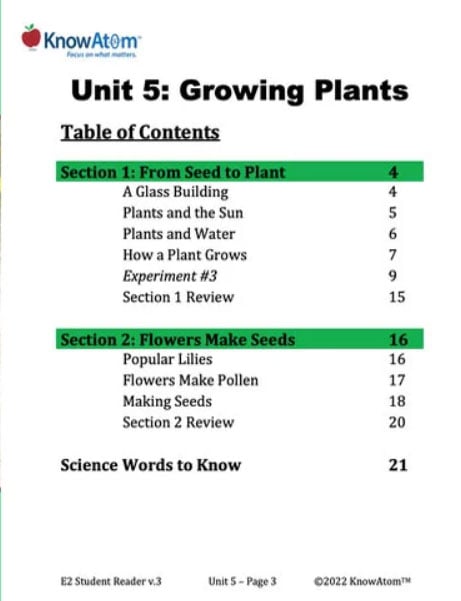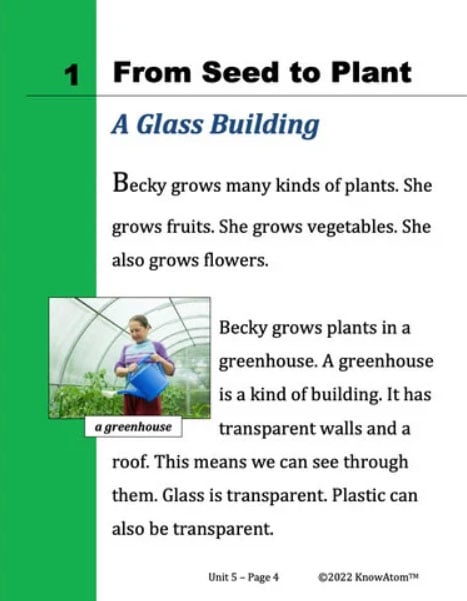In this lesson, students build on their understanding of living things by focusing on plants. They discuss what plants need to survive and how plants grow from a seed to an adult plant. Students dissect a seed to explore how seeds can turn into plants and then compare the growth of seeds in different conditions.










